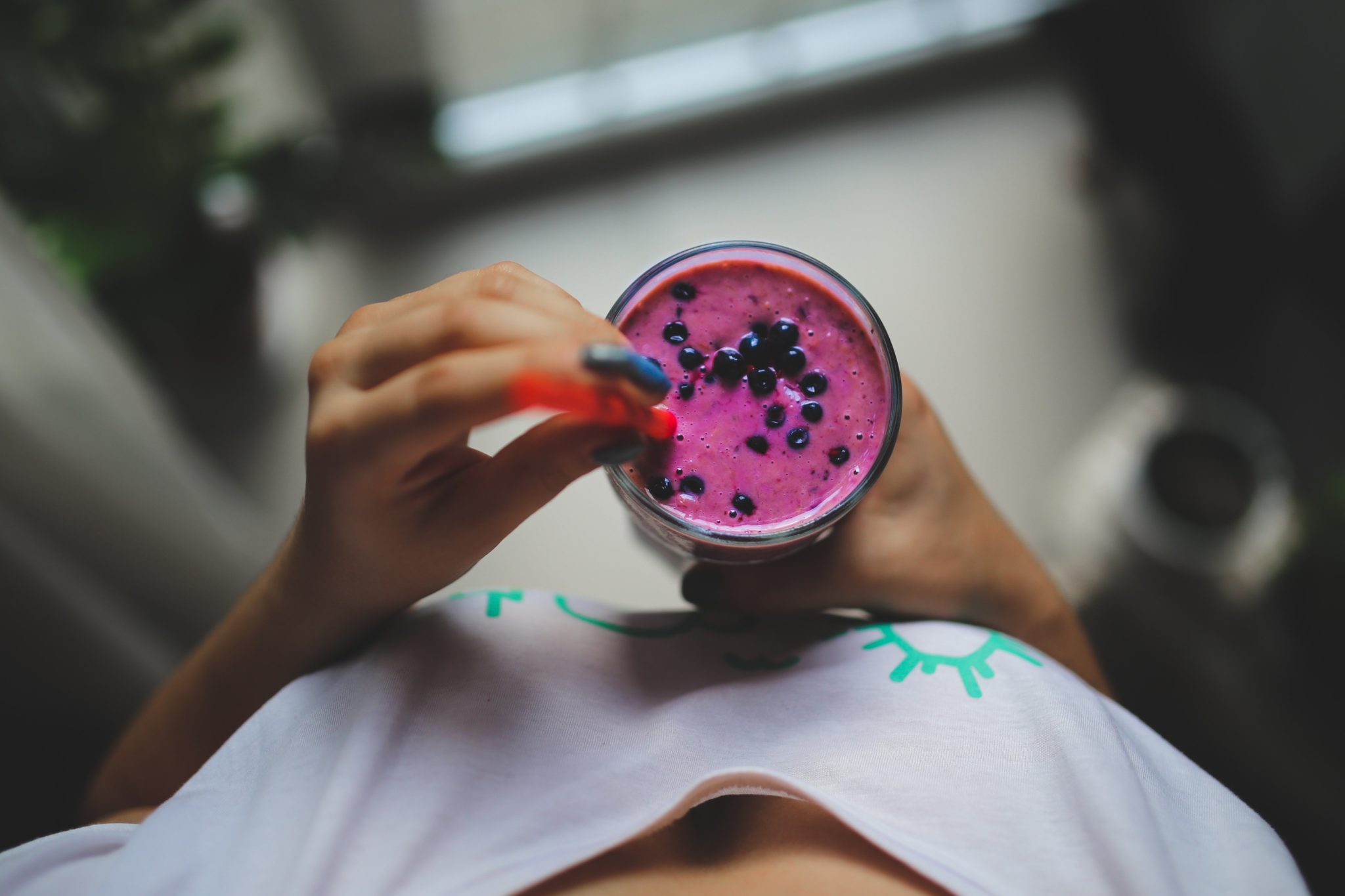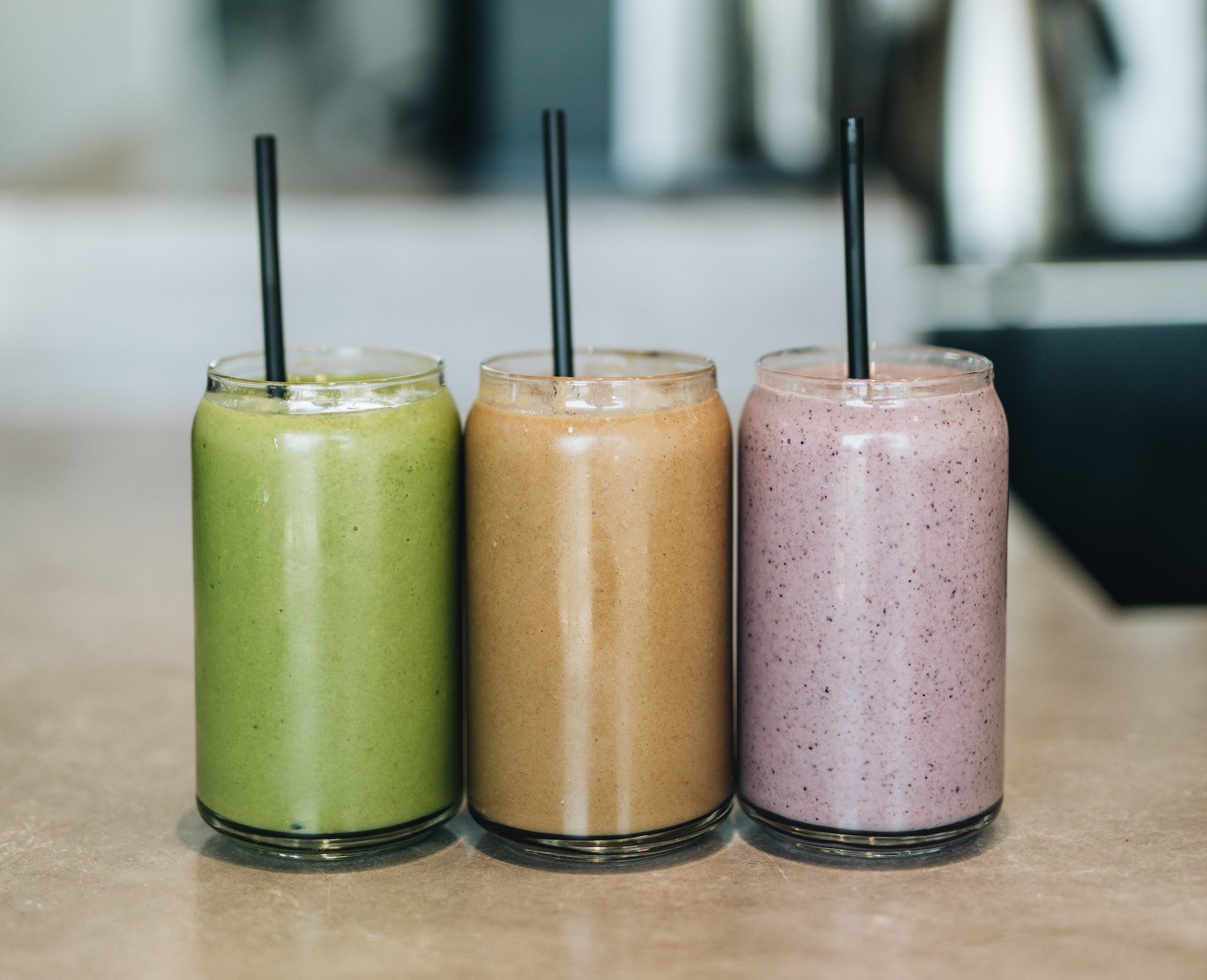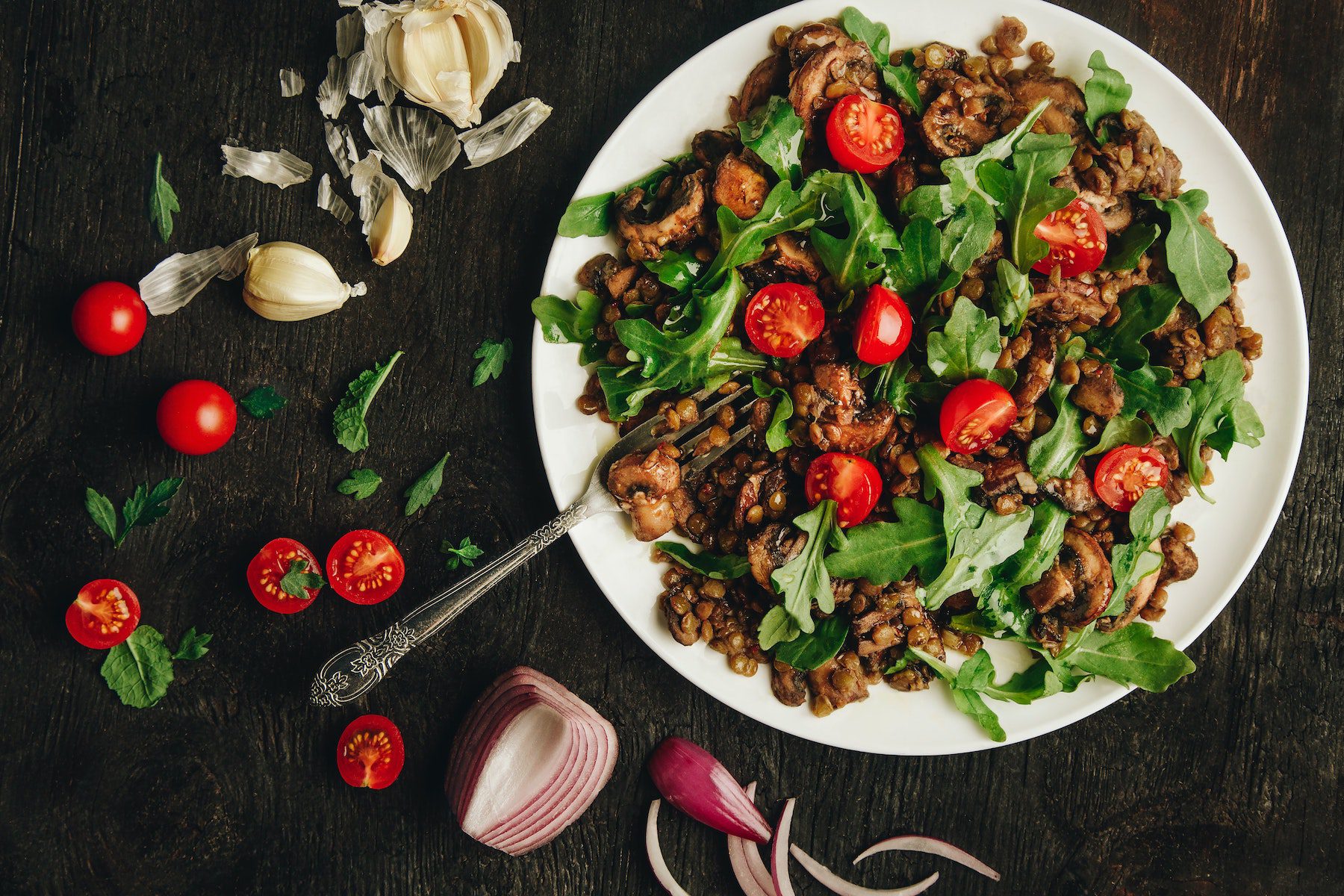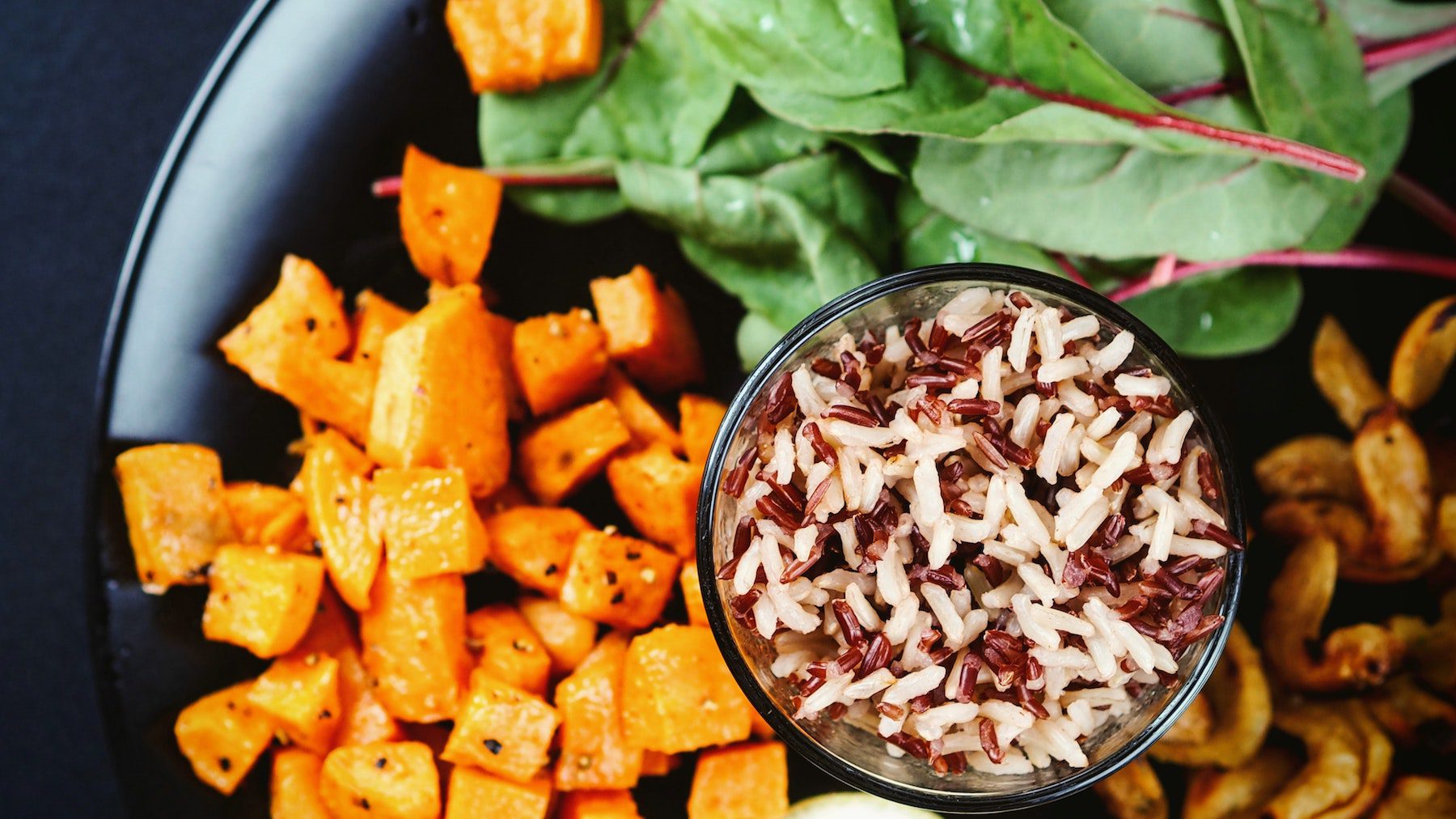Managing stress is a lot like getting more sleep, or exercising daily: everyone knows they should be doing it, but the “how” feels so vague and unattainable, they give up before they begin.
True, everyone feels stress. Sometimes, it can even be helpful, increasing focus and putting just the right amount of pressure on you to accomplish a task. But too much can be harmful, which is why managing stress effectively—before you hit a breaking point—is so important.
Society doesn’t help matters. People are urged to stay busy, and there’s a negative connotation to the idea of “downtime.”
Ironically, though, effectively managing stress allows you to increase productivity, generate more energy, and live a better, healthier life.

Cut the Excess From Your Life
All the stress management strategies in the world won’t help if you’re bombarding yourself with unnecessary stressors.
Think of it like bailing out a boat. Sure, bailing out the water is important—but so is stopping the original leak! Eliminating extra stress-inducing elements from your life is the first and most crucial step to managing stress effectively.
If any of these hit close to home, consider cutting them out. The changes don’t have to be permanent, either; try a week or so at a time, then reevaluate whether or not your mood and overall quality of life have improved without those things.
Watching the News

When a crisis is happening, the human body reacts by releasing stress hormones. Watching the news can trigger these stress responses for events that may have nothing to do with your actual life, or have a very small chance of happening to you.
Now, that’s not to say the stress response is bad: humans need it to escape or mitigate life-threatening situations. The news, however, doses the brain with too many worst-case scenarios at once, things you’d likely never ruminate on without being prompted.
If skipping the news isn’t an option, consider a news source that focuses on positive stories more than negative, or limit your doom-scrolling to a few minutes per day.

Productivity has definitely decreased with the rise of Facebook, Instagram, Twitter, and other social media apps—but science has found happiness and wellbeing directly correlate, as well.
Simply put: the more time you’re “connected” online, the less connected you’ll feel with your real life, and the less happier you’ll be.
Social media has similar effects to watching the news too often, but it’s almost worse. This is because social platforms are designed to deliver dopamine. Despite the politics, comparing yourself to others, sad stories, and comment section wars, you’ll keep coming back for more and more.
The solution? It’s simple, but incredibly difficult: stop using these platforms.
Or, at least, cut down your usage by significant amounts. This can be accomplished by setting app timers, or choosing to keep only one or two platforms and uninstalling the rest.
Don’t despair, Facebook fanatics: some research has shown that quitting social media doesn’t, in fact, affect happiness or stress levels. Interestingly, it seems to be how you use a platform that really matters.
Mindless scrolling and clickbait rabbit holes are an issue, as is replacing real-life communication with digital versions altogether. But interacting meaningfully with friends and family can actually improve wellbeing.
An important factor in that study was the characteristics of the person using the media. In other words, just because one person is happier off social media, doesn’t necessarily mean another will be, too. It comes down to your reasons for using it, how you engage, and if it interferes with other aspects of your life.
The moral? Analyze your social media use as objectively as possible. And don’t force yourself to give it up if you really don’t want to; cutting back can be effective, too.
Unhealthy Relationships

If you have a toxic or abusive relationship in your life, you already know they need to go. Some relationships may be less obvious.
Do you have a friend that you love to commiserate with? The one that complains about their day then you complain about yours? Helpful as it feels in the moment, this habit can actually be feeding more stress into your life.
Try redirecting negative conversations with those friends and focusing on neutral or positive topics. If they seem addicted to the gloom and doom, you might consider cutting down contact, or—in extreme cases—cutting them out of your life altogether.
They say you’re heavily influenced by the five people you interact with the most, so make sure your top five are as focused on keeping stress levels down as you are.
Too Much Coffee

Caffeine gets a negative reputation it only partially deserves. While coffee is great for heart health and mental acuity, it also elevates cortisol levels (the stress hormone).
What’s worse, it does it almost undetectably; you don’t notice the effect until you eliminate caffeine altogether.
Before you ditch the Keurig, remember that coffee, like pretty much anything else, is fine in moderation. Decrease your intake to one mild to reasonably strong cup per day, before noon, with no top-offs, tea, or soda the rest of the day.
You’ll get the wake-up call you love, without an unchecked caffeine addiction brewing in the background.
Alcohol

Like coffee, alcohol is another “usually fine in moderation” substance. While it brings short-term stress relief, it’s been linked to increased anxiety in the long-term.
When you do imbibe, formulate a game plan. Stick to drinks with lower alcohol content, alternate with water, and get plenty of rest after a night on the town.

Long-Term Strategies for Stress Relief
After you’ve fixed the leak in your boat—eliminating any additional stressors in your daily life—it’s time to bail out the water that’s there (managing stress triggers that you can’t avoid) and work on steering that boat away from the rocks (improving your body’s natural response to stress, so you bounce back faster).
These suggestions aren’t quick fixes. In fact, they require cumulative efforts to work. The more you implement, and the more often you do them, the more profound the effects will be.
Healthy Meals

Filling yourself up with the good stuff helps your body counter-attack stress. It’s way easier to handle negativity when you aren’t battling a sugar crash or caffeine headache.
Scientifically, it makes sense even down to the cellular level: healthy, balanced diets lower inflammation and blood pressure, two things that skyrocket because of stress.
Whole ingredients and nutritious meals also improve the gut-brain axis, helping your body produce the right brain chemicals at the right times, including dopamine and serotonin.
Getting Enough Sleep

Whether you’re a full-fledged night owl or the ubiquitous “I’ll just catch up on the weekends” short-changer, you’re putting yourself at a serious disadvantage by not hitting the hay earlier.
A lack of quality sleep puts strain on the body, which needs adequate rest to heal and prepare for the day ahead. It also lowers mental proficiency, affecting memory, coordination, mood…and just about everything else.
If this is a consistent problem, check out this guide on how to get better sleep.
Gratitude

Being grateful for what you do have makes you less stressed about what you do not have.
A study showed participants who exercised gratitude for 10 weeks (journaling about the positive things that happened to them) were more optimistic and happier than the groups that only tracked negative experiences, or who logged events without assigning emotions.
Of course, it’s not ironclad science, but plenty of similar studies exist to support the notion that being thankful and optimistic strengthens your sense of contentment.
This doesn’t mean removing all ambition, or that striving to improve your life is bad. It simply means you should slow down and enjoy the journey, while you’re at it.
Making Time for Nothing

Leave white space on your calendar: beautiful, empty, blank space to do absolutely nothing at all.
It’s daunting, actually planning to do…well, nothing, but studies show taking breaks makes you more productive overall.
Like any impressive machine, your body and brain need time to idle and recalibrate; constantly moving and doing will lead to burnout. Schedule that empty space for yourself and, if you must justify it, label it “self-care.” (After all, that’s exactly what it is!)

Short-Term Strategies for Managing Stress
Stress happens. Even the most carefree individual, armed to the teeth with long-term stress reduction strategies, is going to encounter a stressful situation or two every single day.
Fights with spouses, tight deadlines, health challenges: these things are inevitable, and learning to cope with them in the moment is just as important as big-picture stress management.
The best part? When done regularly, these short-term strategies contribute to long-term stress relief, too.
Your neural pathways will be primed to respond properly to stress, and these habits will become second nature after only a few repetitions.
Breathing Exercises

This one is very much an in-the-moment tool. Take a moment to think about your breathing. Inhale through your nose for three seconds, then exhale out slowly for four.
This method sends the message to your brain: Hey, slow down. Relax. It pulls the body out of its “fight or flight” mode, that panicky, jittery feeling that accompanies stress.
Breathing exercises also encourage a full oxygen exchange: oxygen goes in, carbon dioxide goes out, and the heartbeat and blood pressure stabilize.
Take a Walk/Get Outside

Spending time outside not only calms you down, but also improves vitamin D production, which directly affects numerous functions within the body: calcium regulation, immune response, mood regulation, and much more.
Nature’s also grounding because it encourages connectedness to the environment, and forces you to be more “in the moment.”
After a heated argument, try cooling off with a walk. Stuck on a big project at work? Step away from the screen and do some laps around the office building. You’ll return with a fresher perspective and clearer mindset.
Incorporating habitual walks into your routine is beneficial, as well. Schedule one for the times each day when you’re most stressed: after work, during lunch…or even after dinner, when the kids have you at your wits’ end.
Exercise

Cardiovascular exercise boosts endorphins, which make you happy and reduce stress hormones. Running, swimming, riding a bike, and even walking. There are plenty of ways to get your heart pumping. Some workouts you can even do from the comfort of your bed, couch, or in your home!
What’s more, it helps you sleep more soundly, feel more energetic, and focus better—all critical components to effective stress management.
Create Artwork

Having an artistic outlet requires you to slow down. Painting, drawing, photography, woodwork, or sculpting are some ways that you can relieve stress through the process of creating.
And good news for anyone who hasn’t crafted since grade school: the positive effects of creating have nothing to do with talent! It’s the process that’s beneficial, not the final product.
Talking to Someone

A support system can bring you a lot of relief.
While trained psychologists or counselors are invaluable for chronic stress or mental health issues, milder stress can be “talked out” with a good, trusted friend.
Bonus: helping other people with their problems benefits you, too. Talking through others’ issues and giving advice instills a sense of value, and promotes objectivity when observing your own troubles.
Meditation

Like gratitude, meditation is difficult to grasp until you give it a try. It’s also not a “one and done” strategy, by any means.
Consistent meditation, however, will yield incredible results. It takes practice; being mindful, quiet, and still is not easy feat in this modern, fast-paced world.
Start small, and build up slowly. Two minutes a day is still enough to see some benefit, and can easily be built upon until you’re at five, ten, twenty minutes…or even more, if you wish.
Stick With It
Granted, none of these strategies are particularly groundbreaking or novel, but that’s also why they work so well: they encourage simplicity, listening to your body, and connecting with your inner self.
The hardest part is getting started. The second hardest part: sticking with it.
A little self-discipline and consistency are key to managing stress, and you’ll find these strategies become easier the longer you do them.
































































































